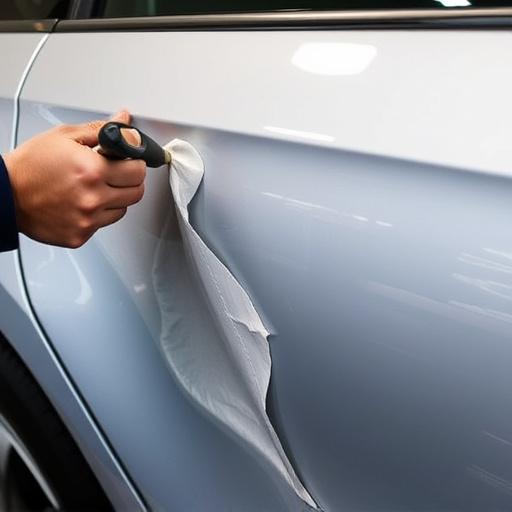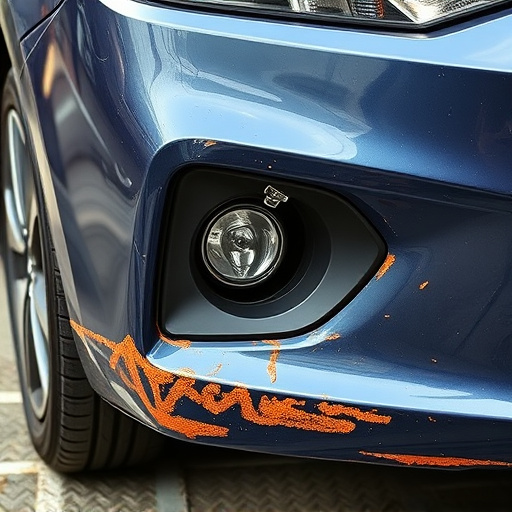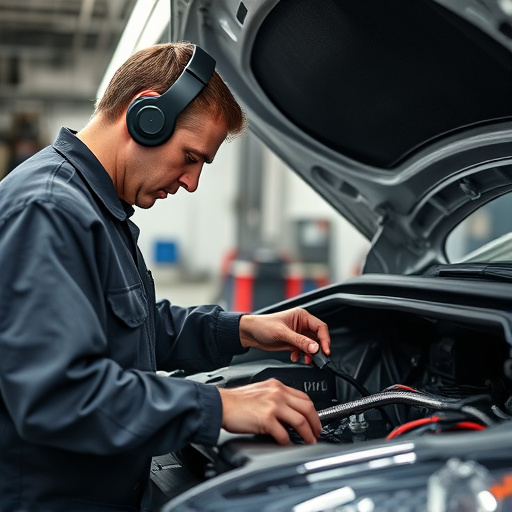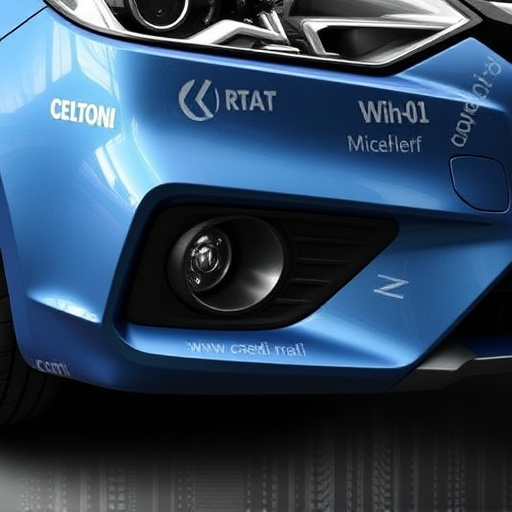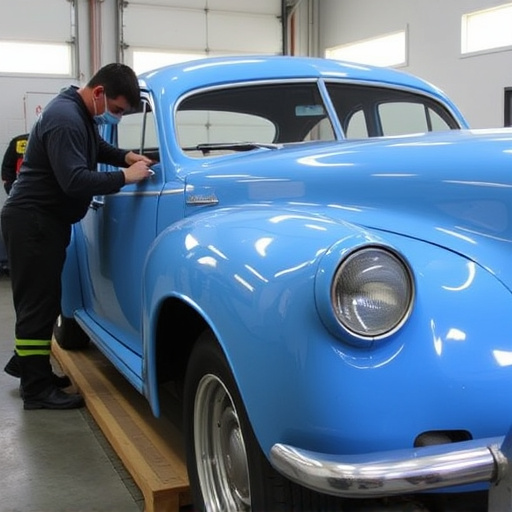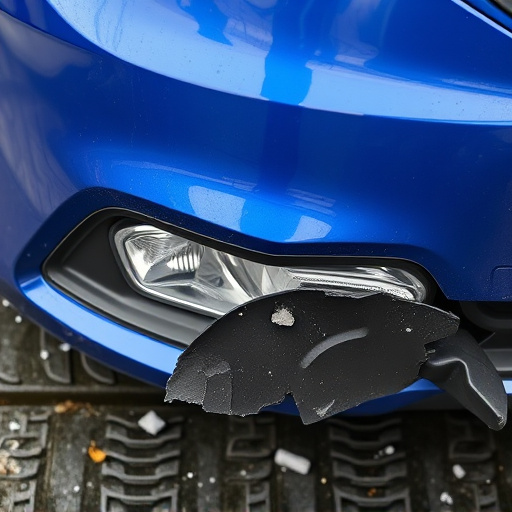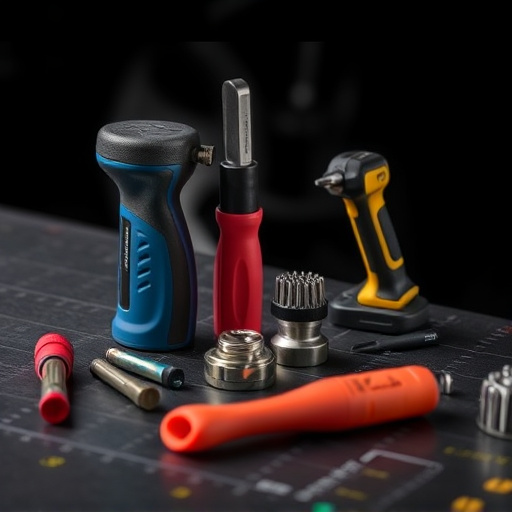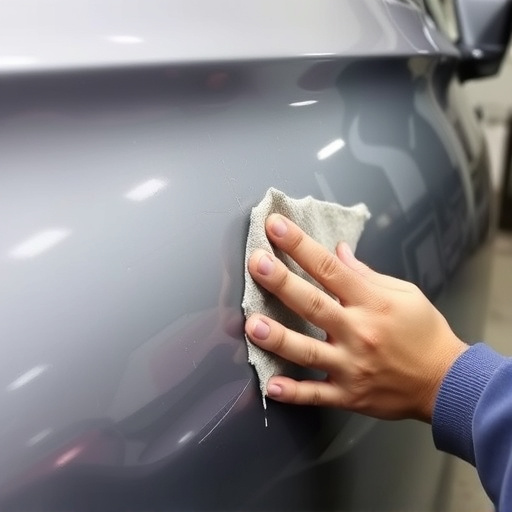Selecting inappropriate corrosion inhibitors for specific applications can lead to accelerated degradation and subpar results, as different metals have unique chemical properties requiring tailored treatments. Businesses often mistake corrosion protection as a one-size-fits-all approach, but this can result in premature protective layer failure, expensive repairs, and structural integrity issues. Thorough research, expert guidance, and inhibitor selection based on material compatibility are crucial for successful long-term corrosion protection procedures.
Avoid common pitfalls in corrosion protection with our expert guide. Discover the top mistakes to avoid, ensuring your equipment and infrastructure withstand the test of time. Learn why choosing the wrong corrosion inhibitors can be detrimental, especially in misunderstanding their types and compatibility with materials. Explore the significance of thorough surface preparation, from cleaning to rust removal, for optimal coating adhesion. Plus, uncover best practices for coating application and maintenance to prevent uneven coverage and ensure sustained protection.
- Choosing the Wrong Corrosion Inhibitors
- – Misunderstanding different types of corrosion inhibitors and their applications
- – Ignoring material compatibility with selected corrosion protection products
Choosing the Wrong Corrosion Inhibitors

Selecting the incorrect corrosion inhibitors for your corrosion protection procedures can lead to premature deterioration and poor results. It’s crucial to understand that different metals require specific treatments, so one-size-fits-all solutions won’t cut it. For instance, what works for an auto body restoration project may not be suitable for precision collision repair services. Inhibitors designed for steel might not provide adequate protection for aluminium or copper components, which have distinct chemical properties and corrosion mechanisms.
Avoiding this mistake requires thorough research and consideration of your specific application. Consulting with experts in the field is beneficial when choosing products, as they can guide you towards inhibitors formulated to address the unique challenges of your car dent repair or other restoration work. Remember, effective corrosion protection procedures rely on the right tools and an understanding of the material’s needs.
– Misunderstanding different types of corrosion inhibitors and their applications

Many businesses operating within industries subject to corrosion often fall into the trap of treating all protective measures as one-size-fits-all. A critical mistake is misunderstanding the distinct types of corrosion inhibitors and their unique applications in various processes. Corrosion protection procedures are tailored solutions, not universal fixes. Different materials necessitate different approaches, from chemical inhibitors for metal surfaces to physical barriers used in auto body work and during auto glass repair.
For instance, while a car’s exterior might benefit from surface coatings, internal components like engine parts require different strategies due to the distinct corrosive environments they face. Misapplying inhibitors or using the wrong type can lead to premature failure of protective layers, compromising the integrity of structures in body shop services and potentially causing costly repairs. Therefore, a thorough understanding of each inhibitor’s functionality is essential for effective long-term corrosion protection procedures.
– Ignoring material compatibility with selected corrosion protection products
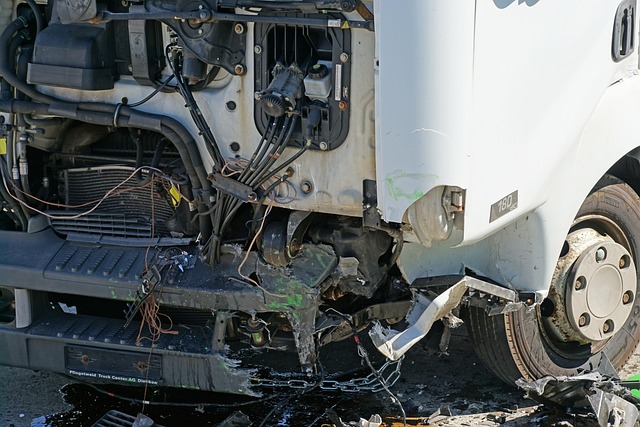
When implementing corrosion protection procedures, a common pitfall is overlooking the compatibility of selected products with the material being treated. Different materials, such as metals and composites, have distinct chemical properties and reactions to various protective coatings. Using the wrong product or one that isn’t suitable for your specific material can lead to premature failure of the corrosion protection. For instance, applying an automotive paint over a metal with poor adhesion could result in blistering or peeling, leaving the underlying surface vulnerable to further corrosion.
This oversight is especially crucial when considering the longevity and integrity of structures like car body repairs, vehicle dent repairs, and auto glass repair jobs. Ensuring that the chosen corrosion protection products are compatible not only enhances the effectiveness of the treatment but also extends the service life of these repairs. It’s important to research and understand material compatibility to avoid costly mistakes and ensure the safety and reliability of your work in both automotive and industrial settings.
In ensuring effective corrosion protection, it’s paramount to avoid common pitfalls. Among these, selecting inappropriate corrosion inhibitors and overlooking material compatibility stand out as significant errors. Understanding the nuances of various inhibitors and their suitable applications, along with matching them to the specific materials in use, is key to long-lasting protection. By heeding these lessons, professionals can enhance the durability and integrity of structures and equipment, ultimately streamlining maintenance costs and ensuring safer operations.

